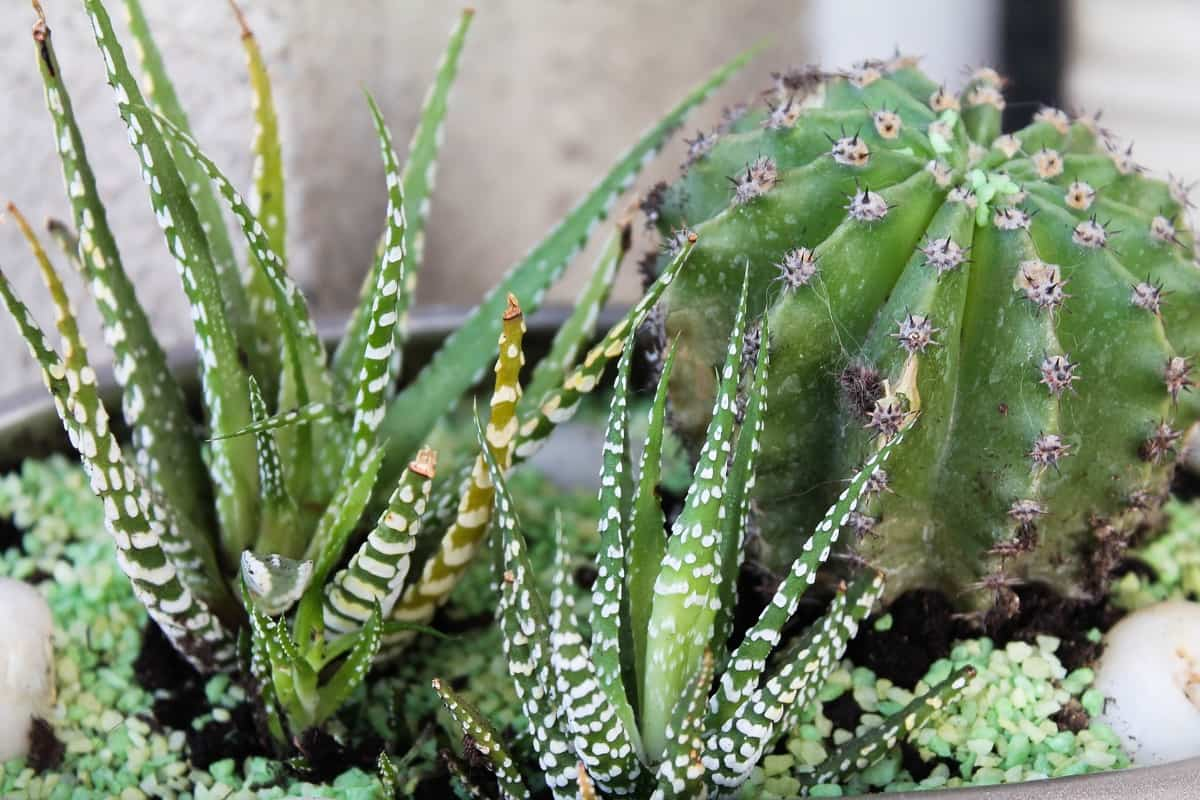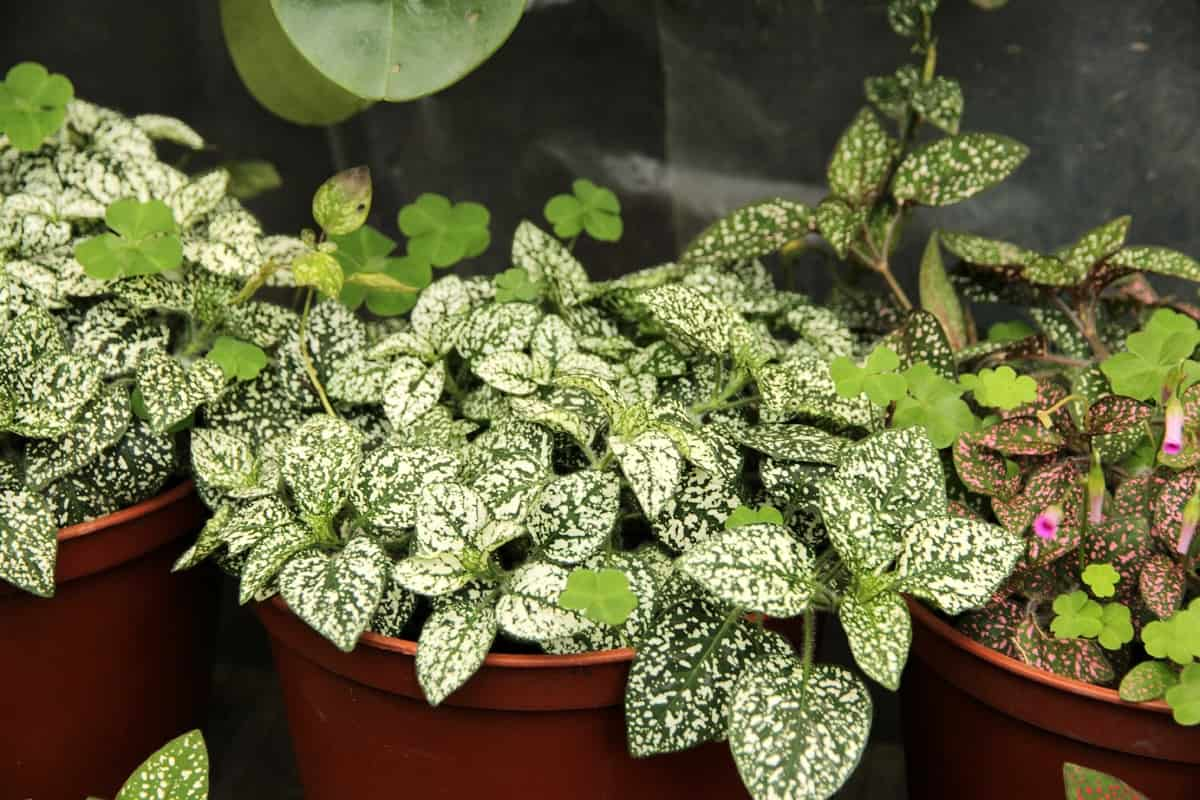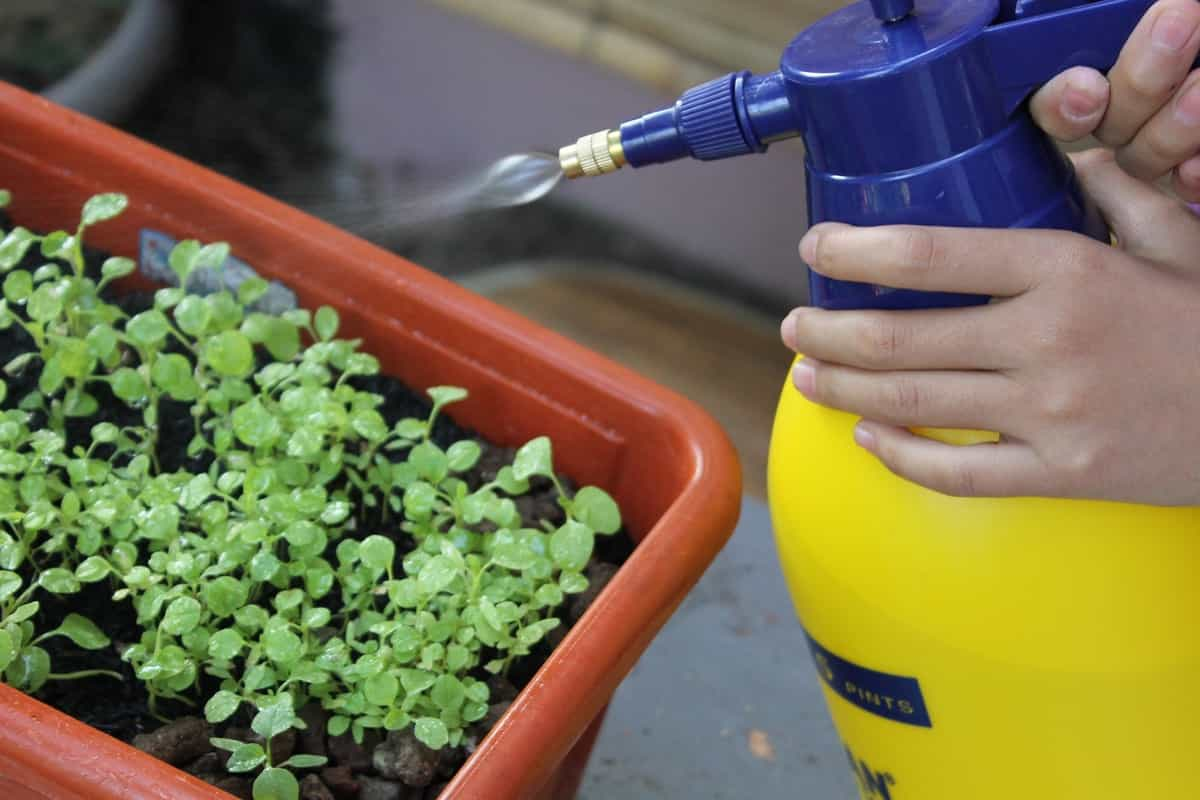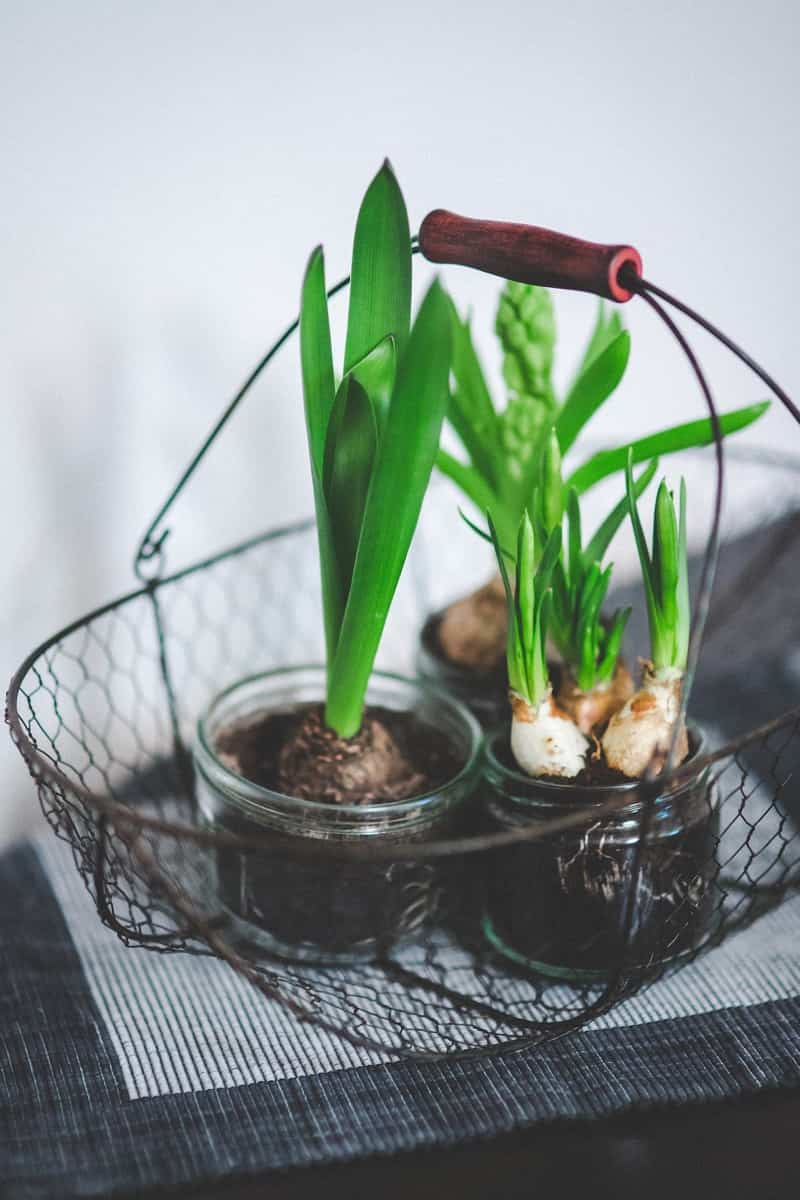Fertilizers play an important role in a plant’s growth during the vegetative and reproductive stages. They help your plants to extract nutrients from the soil and convert them into usable energy. Over-fertilization is a common issue in gardens and landscaping, but it can also be a problem in other home parts, such as flower pots and garden beds. Unfortunately, over-fertilization can cause problems with almost any plant.

Over fertilization symptoms of indoor plants
Importance of fertilizers
When it comes to plants, it’s important to ensure they are getting the right amount of fertilizer. Plants don’t naturally produce their nutrients, so you must provide them with the correct mix to grow and reproduce. Fertilizers can help to increase the growth rate, coloration, and overall health of your plants.
There are three main types of fertilizers: organic, synthetic, and inorganic. Choosing a type of fertilizer designed for your plant’s needs is important. Each type has its benefits and drawbacks. Organic fertilizers are best for plants that need heavy nitrogen, such as flowers and leafy plants. They also contain other nutrients necessary for plant growth, such as phosphorus.
Synthetic fertilizers are good for most plants but don’t contain as much nitrogen as organic fertilizers. Inorganic fertilizers are the least preferred option by many gardeners because they can be harsh on plants and cause them to become leggy or weak. When deciding which type of fertilizer to use, it’s important to read the label carefully and match it up with the needs of your plants.
In case you missed it: Homemade Fertilizers for Root Vegetables: Potatoes, Carrots, Beetroot, Onions, Radishes, Turnip, Ginger, and Garlic

What is over fertilization?
Over-fertilization is when plants get more fertilizer than they need. This can happen when someone accidentally feeds their plants too much or when a plant is grown in soil that is not rich enough in nutrients. Over-fertilization can cause problems like plants getting too tall, leaves becoming too large or small, and flowers are becoming misshapen or dried out. To fix Over-fertilization, you must first figure out what caused it.
If the problem were accidental overfeeding, you’d have to reduce the amount of food given to the plants. You’d need to add more nutrients to the soil if the problem was due to insufficient nutrient availability. Once you know how much fertilizer the plants need, it is easy to give them the right amount without overusing resources.
How often to fertilize indoor plants?
Houseplants require very little maintenance, but they must be fertilized occasionally to keep them healthy. Many types of fertilizers are available, so it is important to find one specifically designed for the plant you are using it on. Follow the label instructions carefully to ensure you apply the right amount and frequency.
To fertilize your plants, use a soluble or slow-release fertilizer. Dissolve the fertilizer in water and pour it over the plants. Water the plants well after application. Add two tablespoons of general houseplant fertilizer per quart of water to fertilize your houseplant. You can also use liquid plant food or fertilizer spray. Ensure the fertilizer is diluted properly before using it; too much will kill your plant, and too little will not provide the desired results.
Signs of over fertilized indoor plants
White layer on the soil surface – A crust of fertilizer on the soil surface indicates that you are over-fertilizing your plants. Over-fertilization can stunt plant growth, cause leaves to turn yellow or brown, and create an unhealthy layer of nitrogen on top of the soil.
Yellowing and wilting of lower leaves – If your indoor plants appear yellow and wilted, they are likely struggling under too much fertilizer. Over-fertilization can cause leaves to turn yellow and droop as the plant tries to extract nutrients from the soil faster than it can build them up again. Additionally, over-fertilization can also lead to fungal growth and other problems. Check the soil if you’re unsure whether your plants are getting enough water or fertilizer.
In case you missed it: Best Fertilizer for Chayote: Organic, NPK Ratio, Management, and Schedule
Browning leaf tips and margins – Indoor plants that are Over-fertilized with nutrients can develop browning tips and margins on their leaves. Browning results from the cells in the plant’s leaf developing oxidative damage, which causes them to turn brown. Over-fertilization can also cause other symptoms in indoor plants, such as wilting, stunted growth, and yellowing. If you’re noticing signs of Over-fertilization in your plants, you can do a few things to help remediate the situation.
Limp and browned or blackened roots – Indoor plants cannot photosynthesize as efficiently when they are Over-fertilized with chemicals or too much water. Over-fertilization can cause the leaves to become limp, browned, and even blackened. Additionally, the plant may experience chlorosis (yellowing of the leaves), verticillium wilt (a die-off of the stem tissue caused by a fungal pathogen), and root lesions. The most common symptom of Over-fertilization is a decrease in growth rate and an increase in leaf size and number. If left untreated, Over-fertilization can lead to a decline in plant health and eventual death.
Defoliation – Defoliation is a process by which the leaves on a plant are lost, usually due to Over-fertilization. This can lead to the loss of nutrients that the plant needs to survive and cause the plant to stop growing. Over-fertilization can occur when too much water or fertilizer is used or insufficient oxygen in the air. Pests or diseases can also cause defoliation.
Lack of blossoms – There are several reasons plants may not produce flowers, including insufficient light, Over-fertilization, or both. Lack of light can be due to several factors, such as inadequate exposure to sunlight or blocked windows. Over-fertilization can also cause the growth of too many leaves or flowers instead of developing fruits and vegetables. Both problems can be addressed by adjusting your watering schedule and increasing the light your plant receives.
In case you missed it: Best Fertilizer for Shallots: Organic, Npk Ratio, Schedule, and Management

Very slow or no growth – When indoor plants are not getting the nutrients they need, the first symptom is usually slow or no growth. Several things can cause over-fertilization, but it’s usually the result of using too much soil, water, or fertilizer.
How to treat Over fertilization in indoor plants?
Remove any visible fertilizer, and you can start by rinsing the plants with clear water. Then, use a hose to wash the leaves and branches of the plants. Next, use a garden rake to remove any large pieces of fertilizer that may have fallen from the tree or been applied directly to the plants. It’s important to leach the soil with water if you’ve over-fertilized your plants. Leaching removes excess nutrients and minerals from the soil, which can help improve plant growth and health. Excessive or too little water can kill a plant.
When you water a plant, allow the water to drain away so the plant does not get wet inside. This will help prevent root rot. If you have overwatered your indoor plants, it’s time to cut back. Overwatering can cause roots to rot and leaves to die. Rake the soil surface every day until no water is seen pooling in the depressions. Cut back on watering by half or less when the soil begins to feel dry; continue watering only when the pot feels dry again. Fertilize only as needed with balanced plant food.
Avoid fertilizing your plant for several weeks. When fertilizing your indoor plants, avoid doing it for several weeks to give the plants a chance to adjust. Over-fertilizing can cause the plant to become weak, stunted, and discolored. Many fertilizers are available without nitrogen, including fish emulsion, blood meal, compost, and several plant-based fertilizers. Choosing the one that’s right for your plants is important.
In case you missed it: Best Fertilizer for Blackberries: Homemade, Organic, Compost, Natural, Liquid, NPK Ratio, How and When to Apply

Fish emulsions are a good choice for plants that prefer an acidic pH environment. One disadvantage is that fish emulsion fertilizer is not as soluble as other types of fertilizer, so it may be less effective when used in soil. A blood meal is another good option for plants that prefer an acidic pH environment or grow in containers. It’s also a good choice because it releases its nutrients quickly.
One downside is that blood meals can contain high nitrogen levels, so they should only be used in small amounts if you want to save money on fertilizer bills. Compost is a great option for gardeners who use organic materials to fertilize their plants. One downside is that compost can contain high levels of salt, so it should only be used in small amounts if you have water restrictions or problems with salt buildup.
Tips for preventing over fertilization
There are many ways to prevent excessive fertilizer use in indoor plants. One way is to calculate the needs of your plants and use the appropriate amount of fertilizer for each plant. Another way is to create a fertilization schedule incorporating water-soluble fertilizer into the watering regimen. You can add compost or organic matter to your soil to help break down nutrients and reduce fertilizer requirements.
Be sure to water your plants deeply and frequently enough so the roots can get the moisture they need. Use organic matter (such as compost or leaves) as a fertilizer instead of chemical fertilizers. Make sure to rotate your crops, so they get different types of nutrients at different times of the year. By following these tips, you should be able to keep your garden healthy and free from Over-fertilization problems.
In case you missed it: Best Fertilizer for Indian Hawthorn Plants: Organic, Compost, NPK, How and When to Apply

Conclusion
Indoor plants provide us with oxygen, shade, and flowers year-round. However, indoor plants require minerals and nutrients to grow and thrive like all living things. If your plants receive too much or too little of these vital nutrients, they will begin to show some signs of Over-fertilization.
There are a few Over-fertilization symptoms that indoor plants may exhibit, which can be remedied by adjusting the watering schedule or adding more fertilizer. Plants will often complain of wilting, brown leaves, and stunted growth. If you observe these symptoms in your plants, it is best to adjust their watering schedule or add more fertilizer to their soil.
- Where to Place Indoor Plants in Your Home
- How to Grow Tomatoes Organically at Home: A Comprehensive Guide
- Organic Gardening on a Budget: Low-Cost Methods and Materials
- Gongura Seed Germination and Planting Methods
- Cabbage Seed Germination and Selection
- Broccoli Seed Germination and Selection
- Asparagus Seed Germination and Variety Selection
- Seasonal Flower Gardening: Best Practices for Spring, Summer, Fall, and Winter
- How to Grow Hibiscus from Flower
- Plantation Ideas for Home Decoration: A Beginners Guide
- Flower Garden Designs and Layouts for Beginners
- Planting and Spacing Techniques in Papaya: A Beginner’s Guide
- Growing Gold: Essential Techniques for Planting Pineapples
- How to Make Kalanchoe Plant Bushy: Home Remedies and Solutions
- 11 Reasons Why Your Gardenia is Not Blooming: Home Remedies and Solutions
- Eco Elegance: The Guide to Designing a Drought-Tolerant Landscape
- Gardening on a Slope: Strategies for Hillside Landscaping
- Nourish and Flourish: Top Organic Mulches for Thriving House Plants
- Everything You Want to Know about Indian Mogra Flower: Discover Uses and Growing
- Green Thumb Success: Expert Tips for Cultivating Greenhouse Pumpkins All Year Round
- Maximize Growth & Flavor: The Ultimate Guide to Companion Planting in Herb Gardens
- How to Control Rhododendron Problems Naturally: Home Remedies and Organic Ways to Fix Them
- Natural Magic: The Remarkable Benefits of Cinnamon for Plants
- Best Steps to Revive Dying Tulip with Natural and Organic Treatment
- 10 Reasons Why Your Angel Trumpet is Not Blooming: Remedies and Treatment
- How to Fix Periwinkle Leaf and Flower-Related Problems: Natural Remedies and Solutions
- How to Fix Zinnias Leaf and Flower Problems: Discover Natural and Home Remedies
- Organic Steps to Induce Lemon Tree Flowers: A Comprehensive Guide
- Bloom Booster: Crafting the Perfect Homemade Bougainvillea Fertilizer
- Optimizing Growth: A Guide to Applying NPK Fertilizer for Potted Plants
- 10 Best Homemade Fertilizers for Rubber Plant: DIY Recipes and Application Method
- How to Boost Female Pumpkin Flowers: Effective Steps for More Flowers and High Yields
- Transform Your Indoor Garden: Top Benefits of Pink Salt for Houseplants
- 10 Best Homemade Fertilizers for Peacock Plants (Calathea): Easy DIY Guide
- Unlock Blooms: 9 Reasons Why Your Potted Chrysanthemum is Not Blooming
- 8 Reasons Why Your Potted Hibiscus is Not Blooming: Fix it with Simple Solutions
